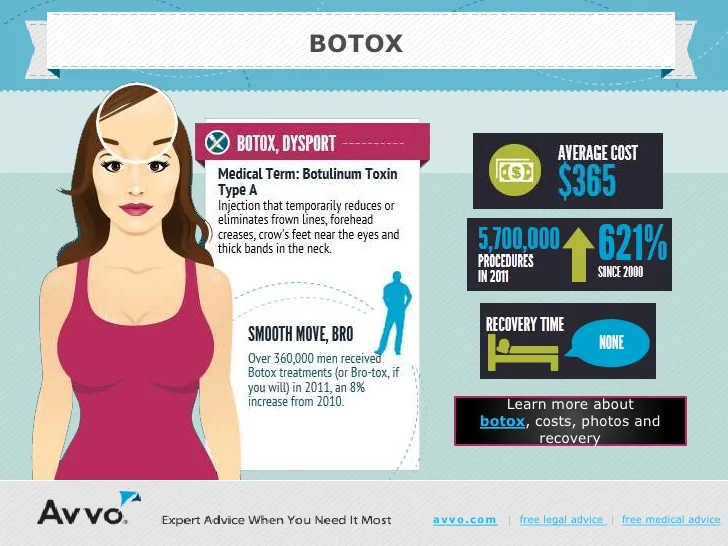The Role Of Dermatologists In Acne Care
The Role Of Dermatologists In Acne Care
Blog Article
Hormone Acne - What is Hormonal Acne?
Hormonal acne is characterized by clogged pores and oily skin that generally shows up on the chin and jawline. It happens when hormonal adjustments activate inflammation and bacterial overgrowth within hair roots.
Breakouts may look like whiteheads, blackheads, papules or pustules and cysts or nodules in a lot more serious situations. It is a lot more usual in teenagers experiencing the age of puberty yet can affect adults of any age.
What Causes Hormonal Acne?
While acne can be triggered by a range of elements, including utilizing hair and skin care products that aren't oil-free or made with components that might block pores, hereditary tendency, diet plan,2 and anxiety, the source is changing hormonal agents. Hormone acne takes place when the body experiences hormone adjustments and variations that cause an overproduction of sebum, which triggers inflammation, enhanced growth of bacteria and changes in skin cell task.
Hormone acne is usually located on the reduced jawline, cheeks and neck yet can show up anywhere on the body. It is identified by acnes that are cystic, agonizing and loaded with pus or various other material. It is likewise most likely to occur in women than males, specifically throughout adolescence, the menstruation, pregnancy or menopause.
Age
While numerous kids experience acne at some point throughout the age of puberty, it can remain to torment grownups well into their adult years. Known as hormone acne, this kind of breakout is tied to fluctuations in hormones and is typically most usual in females.
Hormone acne happens when oil glands create too much sebum, which obstructs pores and catches dead skin cells. This results in the formation of blemishes, such as whiteheads, blackheads and papules, pustules, cysts or blemishes, deep under the surface area.
This type of blemish often creates discomfort, soreness and swelling. It may also be intermittent and show up around the very same time every month, such as right before your period begins. This is since levels of female hormonal agents like progesterone and oestrogen change with each menstruation.
Menstrual Cycle
Hormonal acne commonly shows up in the lower part of your face, along the jawline and cheeks, as whiteheads, blackheads or inflammatory pimples (acnes and cysts). It's probably to appear around the moment when your menstruation modifications.
Especially around ovulation, when estrogen and progesterone degrees get on the rise, hormonal agent changes can trigger breakouts. However it's likewise possible to obtain acne at any factor throughout your 28-day menstruation.
If you discover that your hormonal acne flare right prior to your duration, try discovering when exactly this takes place and see if it associates with the stages of your 28-day menstrual cycle. This will certainly assist you pinpoint the root causes of your skin problems. For instance, you may intend to deal with balancing your blood sugar level and eliminating high-sugar foods, or consider a prescription drug like spironolactone that can control your hormones.
Maternity
Growing a baby is a time of significant hormonal adjustments. For numerous women, this consists of a flare-up of hormonal acne. This sort of breakout typically starts in the very first trimester, around week 6. It's brought on by hormone rises that promote sweat glands to make even more oil, which can block pores and cause even more microorganisms to build up.
Outbreaks may also happen as a result of pre-existing conditions like polycystic ovary disorder, which can likewise be a concern during pregnancy and menopause. Additionally, some kinds of birth control pills (such as Ortho Tri-Cyclen and YAZ) can activate hormonal acne in some females.
Fortunately, most acne therapies are "no-go" for pregnant ladies (consisting of prominent acne-fighting ingredients such as isotretinoin and spironolactone). However if you can not prevent those annoying bumps, your physician might recommend dental erythromycin or cephalexin, which are safe while pregnant.
Menopause
As women come close to menopause, the estrogen levels that triggered their hormone acne to flare during adolescence start to stabilize and reduce. At the same time, however, a spike in androgens (likewise called male hormones) takes place because these hormonal agents can't be converted into estrogen as properly as before.
The unwanted of androgens can trigger oil manufacturing by the sebaceous glands, which blocks pores. When the clogged pores ended up being swollen and irritated, an acne kinds.
Hormonal acne is commonly seen on click here the face, particularly around the chin and jawline, yet it can occur on the neck, back, shoulders, or breast. This sort of acne has a tendency to flare in a cyclical pattern, similar to the menstruation. Stress, which boosts cortisol and tosses hormones out of balance, additionally contributes to the breakouts.